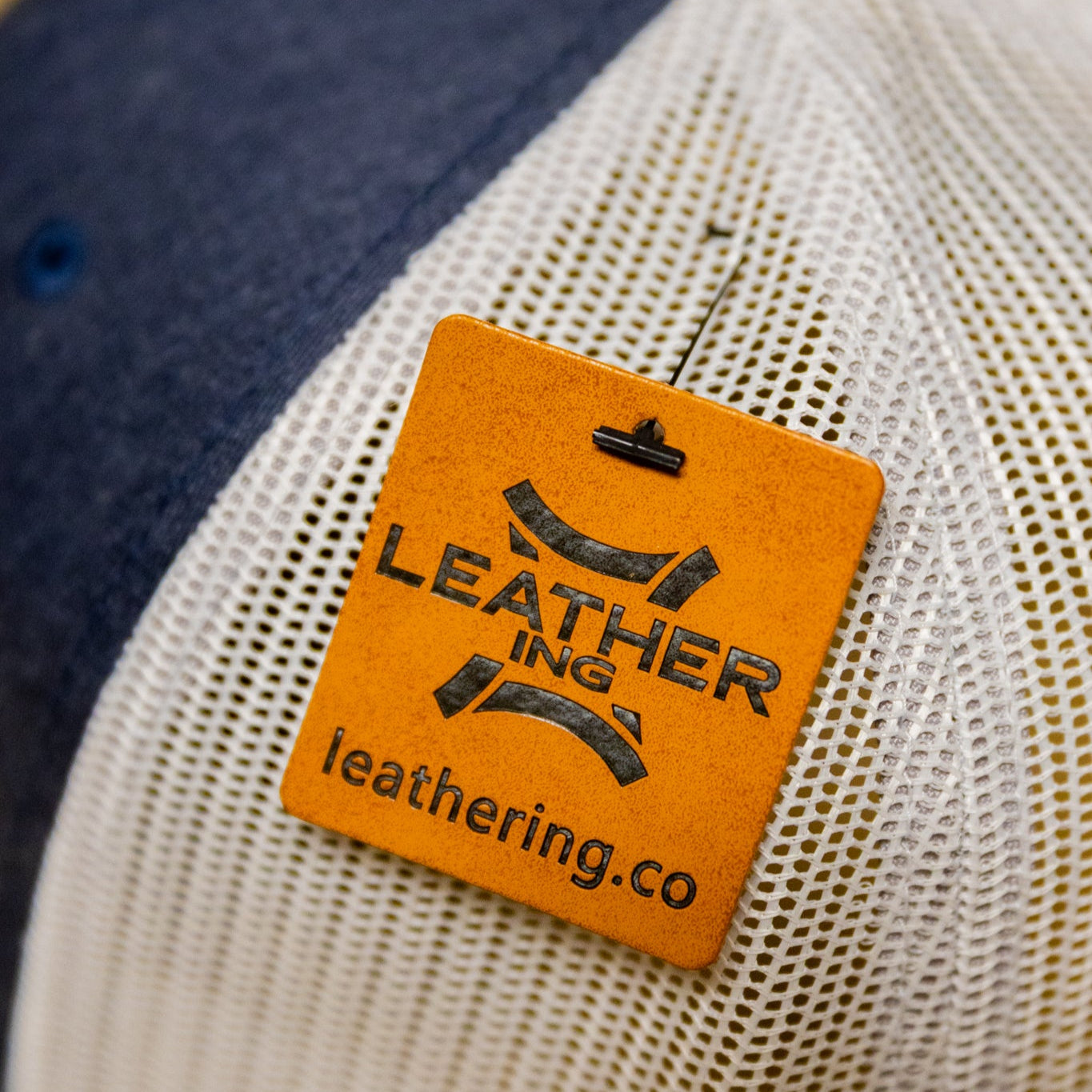Determining the quality of leather can be a challenging task, especially for those unfamiliar with the various types and grades of leather. Here are some key factors to consider when assessing the quality of leather:
-
Texture: High-quality leather, like full grain leather, has a supple and smooth texture. It should feel soft to the touch and not stiff or plasticky. You may also notice natural grain patterns, which are a sign of quality leather.
-
Smell: Genuine, high-quality leather has a distinct, natural smell that is quite different from synthetic or chemically treated leathers, which may have a chemical or plastic odor.
-
Surface imperfections: In full grain leather, natural markings, scars, or wrinkles can be a sign of high-quality leather, as they indicate that the surface has not been sanded or corrected. However, excessive imperfections may also be a sign of low-quality hides.
-
Elasticity and resilience: High-quality leather should be somewhat elastic and return to its original shape after being stretched or pressed. If the leather feels rigid or cracks when bent, it may be of lower quality.
-
Edges: The edges of high-quality leather products are usually finished smoothly and neatly. Rough, frayed, or uneven edges may indicate lower quality.
-
Stitching: In leather goods, high-quality products typically have even, straight, and tight stitching, which ensures durability and a refined appearance.
-
Tanning method: The tanning method used can be a good indicator of leather quality. Vegetable-tanned leather, for example, is often considered a higher quality option due to its natural, eco-friendly process and the resulting leather's unique characteristics.
-
Origin and brand reputation: The country of origin and the reputation of the leather producer or brand can be a helpful guide in determining leather quality. For instance, Italian full grain leather is renowned for its high quality and craftsmanship.
-
Price: Though not always a definitive indicator, higher quality leather generally comes at a higher price due to the cost of materials and the production process. However, it's essential to consider other factors, as a high price does not always guarantee high quality.
By considering these factors, you can make a more informed decision when assessing the quality of leather products. Keep in mind that personal preferences and specific requirements for the intended use of the leather may also influence your assessment of quality.






Share:
What are the disadvantages of full grain leather?
Does full grain leather crack?